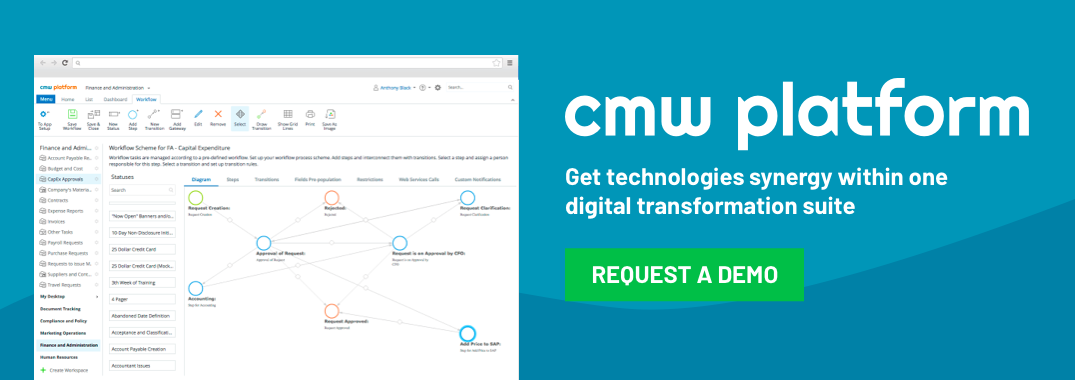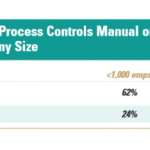Meeting Motivations: When More is Just More
April 15, 2025
If you are in business, you are in meetings. A two-person shop may have coffee to discuss issues or it could be the granddaddy-of-them-all, the global teleconference, all-employee type with a bonus auditorium full of locals. When you meet with others on your team or your entire staff, you help set process alignment, define requirements, and share company goals and strategies.
“My calendar had somewhere between 25 to 30 hours dedicated to meetings each week.”
However, could you be an over-meeter? At one point in my career, I was in a position where I had to interact with a broad range of groups. My calendar had somewhere between twenty-five to thirty hours dedicated to meetings each week. Somehow, I was supposed to attend these meetings, address any issues that arose from them and still do my core job. I proclaim that I’m an excellent multi-tasker, but my ability to give proper attention to each meeting and its resulting output, was merely adequate. I had no time to mentally delve into issues and often chose the easiest answer, which may or may not be good for the long-term benefit of the company.

I had a conversation with my son recently that reminded me of the meeting overload I had lived with for several years. My son worked for over a year at a national cell phone company’s small and medium business division. His daily routine was to go to a nearby location and sign-in every morning, check-in with his manager and then begin his day of working with customers. Meetings were held once a week. When he decided to relocate to Houston, he encountered a ‘new paradigm’.
He was welcomed in Houston as he has been a top producer nationwide for the company. However, his first instruction was that he needed to go in for a sales meeting every day in the heart of the city. He drove an hour to get to the meeting, spent about an hour getting informed and motivated and then drove back to his side of town to begin contacting his customers. In his efficient wording, “What a waste!”
What was so valuable in these daily sales meetings that required such an expenditure of time? Why was one regional location meeting every day while other regions were top producers without the constant gatherings? Maybe the Houston manager was not empowering his people to act on their own or simply hadn’t done any analysis on the pros and cons of such a frequent meeting.
Some considerations that will help determine if you are having too many meetings:
- How much new information are you sharing with team members?
- How much are you rehashing old information and why?
- Does the meeting have clear goals that are facilitated by a face-to-face meeting or is it simply a time slot that has been on the calendar for so long nobody remembers when it started?
- Does the meeting take the length of time you have scheduled or does it shift to chatting or office politics after some period of time?
Maybe after looking at the number of hours your staff spends in meetings, you decide to reduce the number or shorten the meetings. This action may reduce lost time by the employee and the manager as well, but consider looking at other, potentially more efficient ways to host the meetings you do have. With so much easily accessible technology, you can host a meeting from anywhere.
“Just place all the takeaways from the meetings you have in one single workflow system…”
Some considerations that will help you determine if you are having the right type of meetings:
- Are all of the employees onsite for a meeting or do you require they come in?
- Do you need to show any presentation material?
- Could you share with media tools such as Microsoft Lync instead of with handouts or a projector?
- Can you place the required information in the Cloud for retrieval by everyone attending from other locations or at home?
- Can you send an agenda via email or post it on a SharePoint for a simple phone conference?
My ‘AHA!’ moment occurred when I had a serious look at my motivation for meetings and whether I needed to schedule people’s time. Do I need to ensure everyone knows that I am in charge? Do I trust my staff is doing their job or do I need to check up on them?
From Comindware: In case you decide on saving some precious time and reduce the average number of meetings, Comindware Tracker can help you and your team stay informed about all the activities currently happening at the company. Just place all the takeaways from the meetings you have in one single workflow system – with visually designed workflows and properly assigned tasks.



